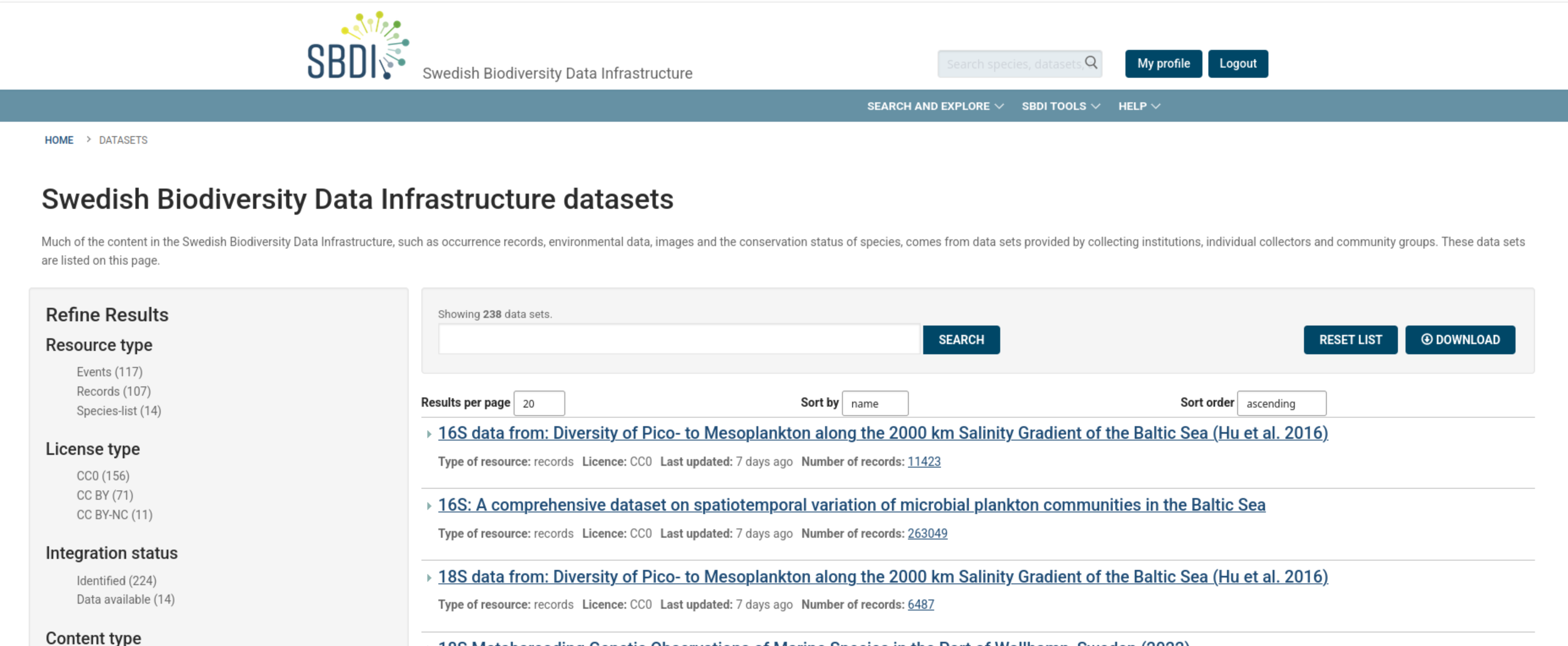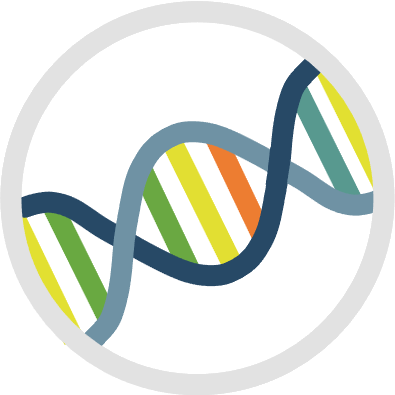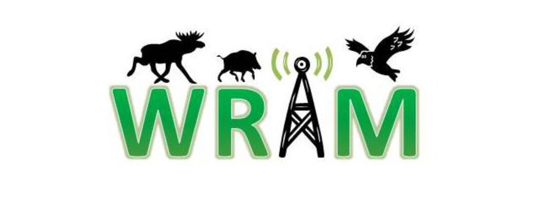Tools and data
Here we list and describe all SBDI tools and portals that can be used to explore, download, and analyze biodiversity data. Our core tools and data access functionality is based on Living Atlases technology, but we also provide several specialized tools which are also linked to below.
You can filter the list by selecting one of the tags:
Bioatlas – find and access biodiversity data
The Bioatlas allows you to find and access Swedish biodiversity data, and includes:
- The collectory: browse data providers and datasets
- A search interface: search for data
Spatial Portal – visualize and analyze biodiversity data
The Spatial Portal is a tool that allows users to visualize and analyze Swedish biodiversity data in a spatial context – to understand and analyze biodiversity and its relationship with the environment.
- Map and analyze species occurrences alongside environmental and contextual data: map species distributions, explore relationships between species and environment, and conduct spatial analyses
- Key features include: mapping species occurrences, integrating environmental data layers to analyze species' habitat preferences and distributions, spatial analysis tools, data import and export, visualisation on maps and in charts
BioCollect – data collection tool for biodiversity science
BioCollect allows to set up projects with specified systematic inventory schemes and coordinate the work with staff or volunteers collecting data. BioCollect is designed for researchers, citizen scientists and natural resource managers to collect and manage their data. This can include:
- Standardized instructions to data collectors
- Standardized data entry
- Standardized data flow
- Quality checks and finally data publishing
ASV Portal for molecular data
The Swedish Amplicon Sequence Variants (ASV) portal gives access to molecular data in SBDI:
- Search sequence-based observations using based on sequence or taxonomy
- Upload amplicon data for registered users
nf-core/ampliseq pipeline for sequencing data
nfcore/ampliseq is a pipeline for postprocessing of amplicon sequencing (metabarcoding) data from markers such as 16S, 18S, ITS, and CO1, supporting Illumina, PacBio and IonTorrent data.
- Using the Nextflow workflow tool to run tasks across multiple compute infrastructures
- Using docker containers for simple installation and highly reproducible results
Plankton Toolbox
Plankton Toolbox is a free software developed to aid researchers and conservationists working with and analyzing plankton data. Features include:
- Plankton counter – use as counting tool by the microscope
- Consistent use of names and taxonomic hierarchy based on World Register of Marine Species
- Automatically calculate biomass based on cell volumes
- Data screening - quality control of data
- Plotting tools
- Export data in .txt or .xlsx for further analyses or plotting
Nordic Microalgae – information and tools
Nordic Microalgae is a website containing information about microalgae and related organisms in the Nordic area, i.e. the Baltic Sea, the North East Atlantic and lakes, rivers and streams in the area.
- Information about species occurrences, taxonomy
- Images
- Tools: Biovolume lists, Nordic Microalgae Checklist, Plankton toolbox
SHARK – marine environmental monitoring data
SHARK is Svenskt HavsARKiv’s website for downloading data. SHARK stores biological, physical and chemical marine environmental monitoring data.
Strategic Environmental Archaeology Database
SEAD is an international database for environmental archaeology and Quaternary science data, and a tool for Swedish archaeological science providing:
- Easy access to data on past climates, environments and human impacts
- Online tools to aid analysis and visualisation
Wireless Remote Animal Monitoring System for biologging data
SLU WRAM is a national knowledge centre and platform for sensor data from animals used to understand animal behaviour, movement patterns and health.
- Sensor data ranging from positions (GPS), acceleration, proximity, heart rate to body temperature and physiological data from internal sensors for many different species
- A system to receive, manage, store and visualise data
- Tools to query, filter, and download data
Biologging Portal – meta-data register and visualisation tools
The SBDI Biologging Portal is a portal for exploring data through a meta-data register.
- Find biologging datasets with ranging from positions/movements, activity, proximity, heart rate, body temperature and other physiological data from internal sensors for different species
- Explore and visualise samples of data to better understand qualities and possible limitations of the different datasets
- Download of open data
SUBSIM – platform for subsea image analysis
SUBSIM is a platform for efficient management and processing of underwater image and video survey data. SUBSIM provides functions to conduct research and automated monitoring of the ocean, including:
- Data management
- Machine learning, computer vision and high-performance computing
- Digital collaboration and citizen science
BAGS – BAltic sea Gene Set
The BAltic sea Gene Set (BAGS) encompasses 66 million microbial genes annotated for function and taxonomy. It is based on metagenomic data from 124 water samples that span the salinity and oxygen gradients of the Baltic Sea and capture seasonal dynamics at two stations. BAGS-Shiny is a web interface for interactive exploratory analysis of the gene set: Search using filters on functional annotation and/or taxonomy, or by sequence searches using BLAST. Or download the whole dataset.











